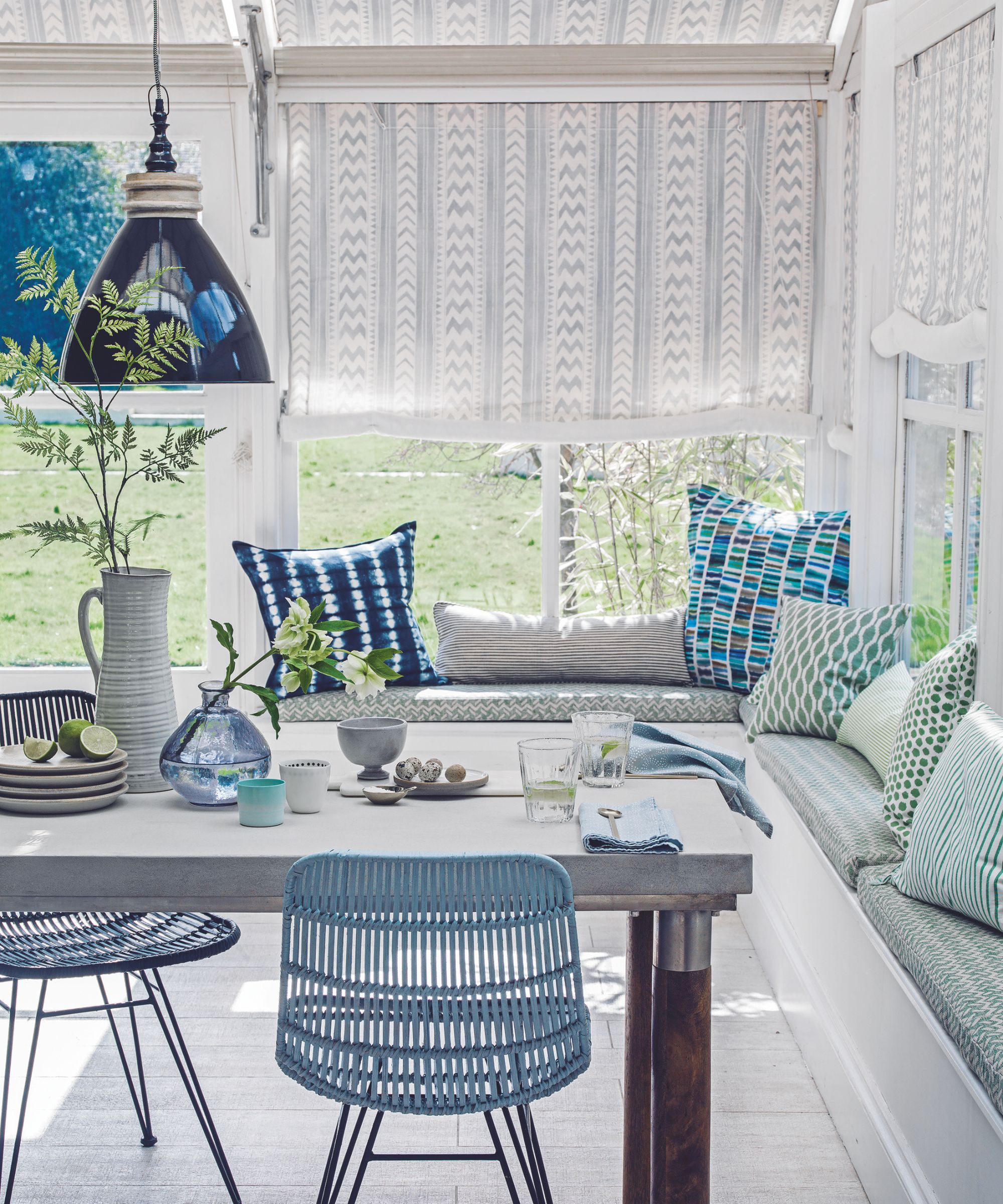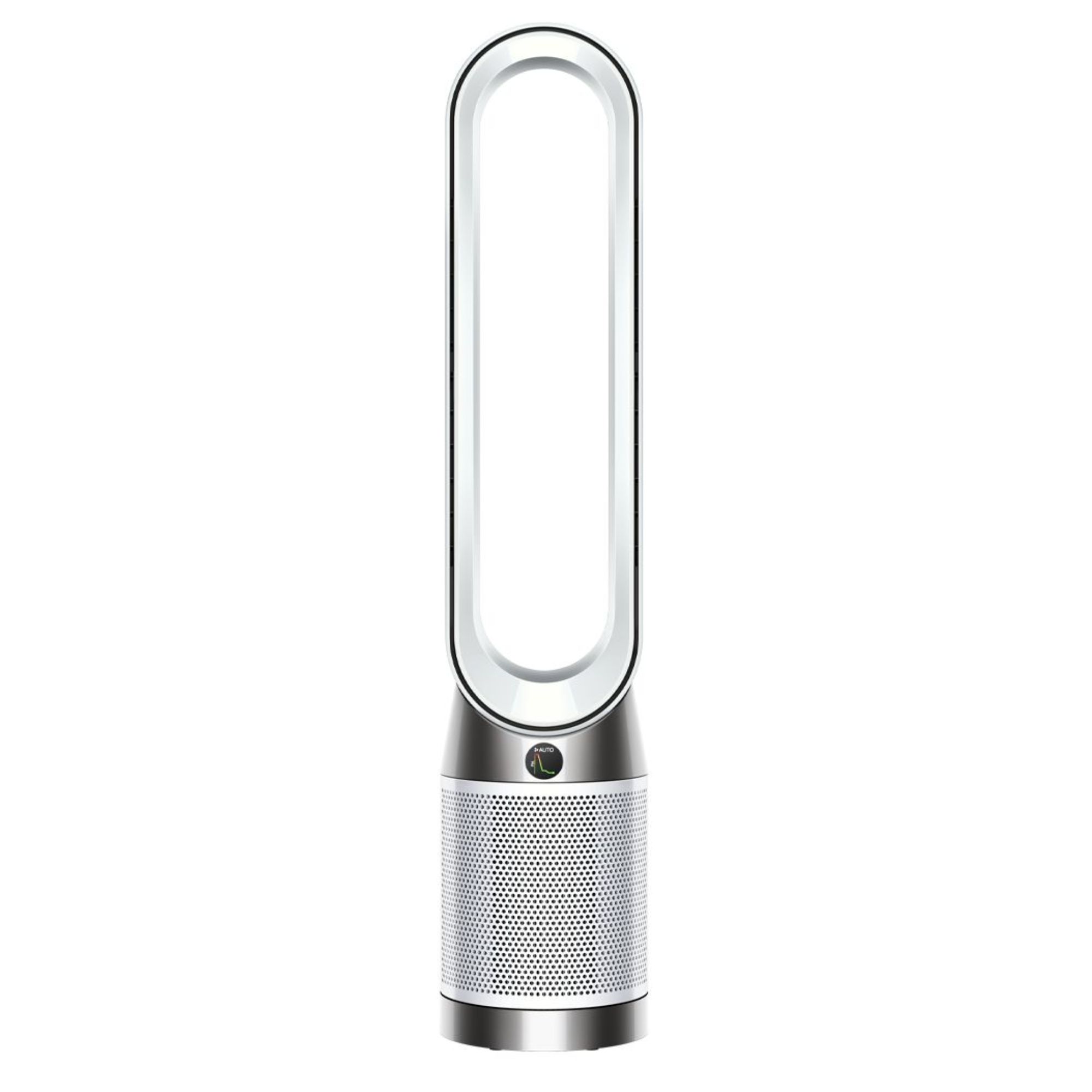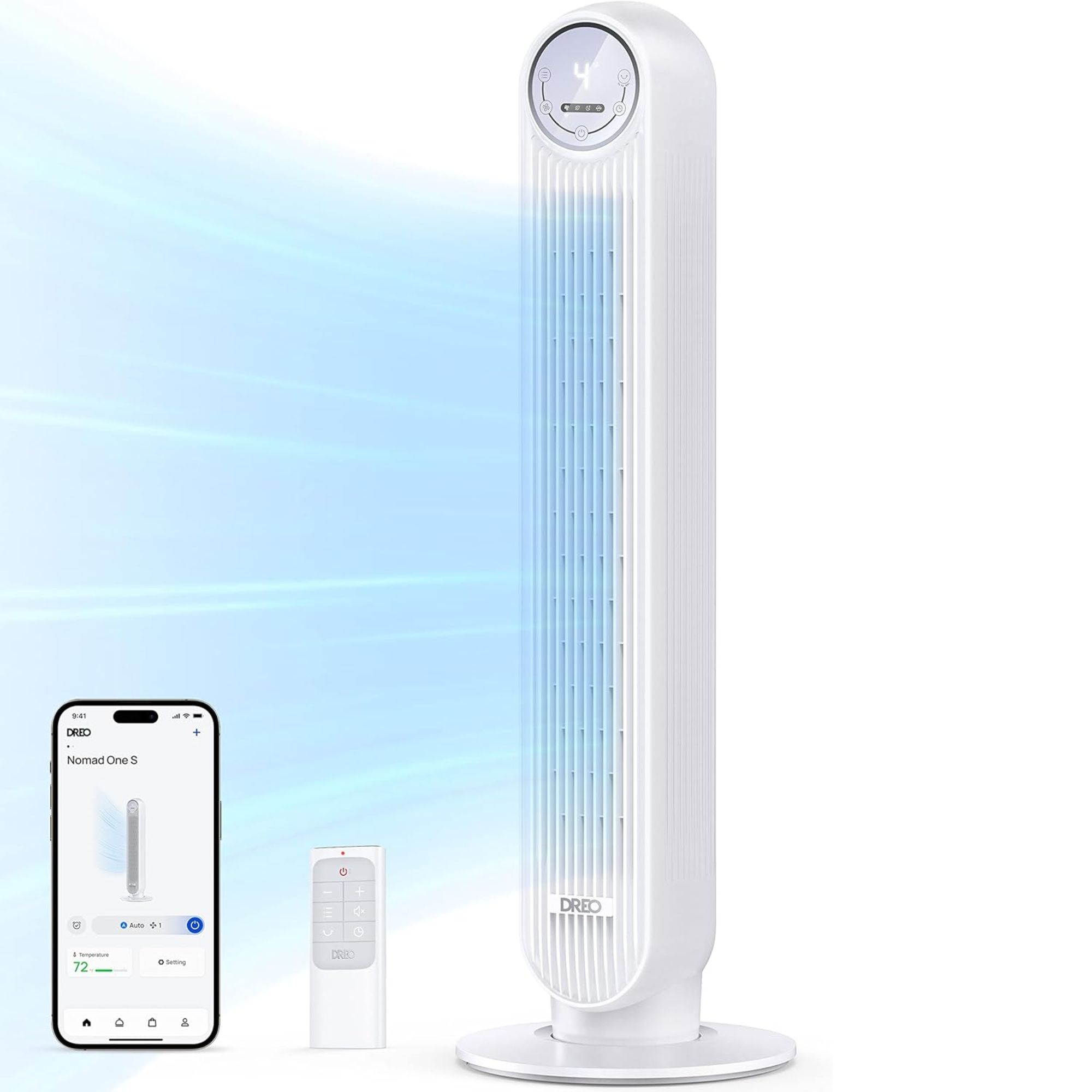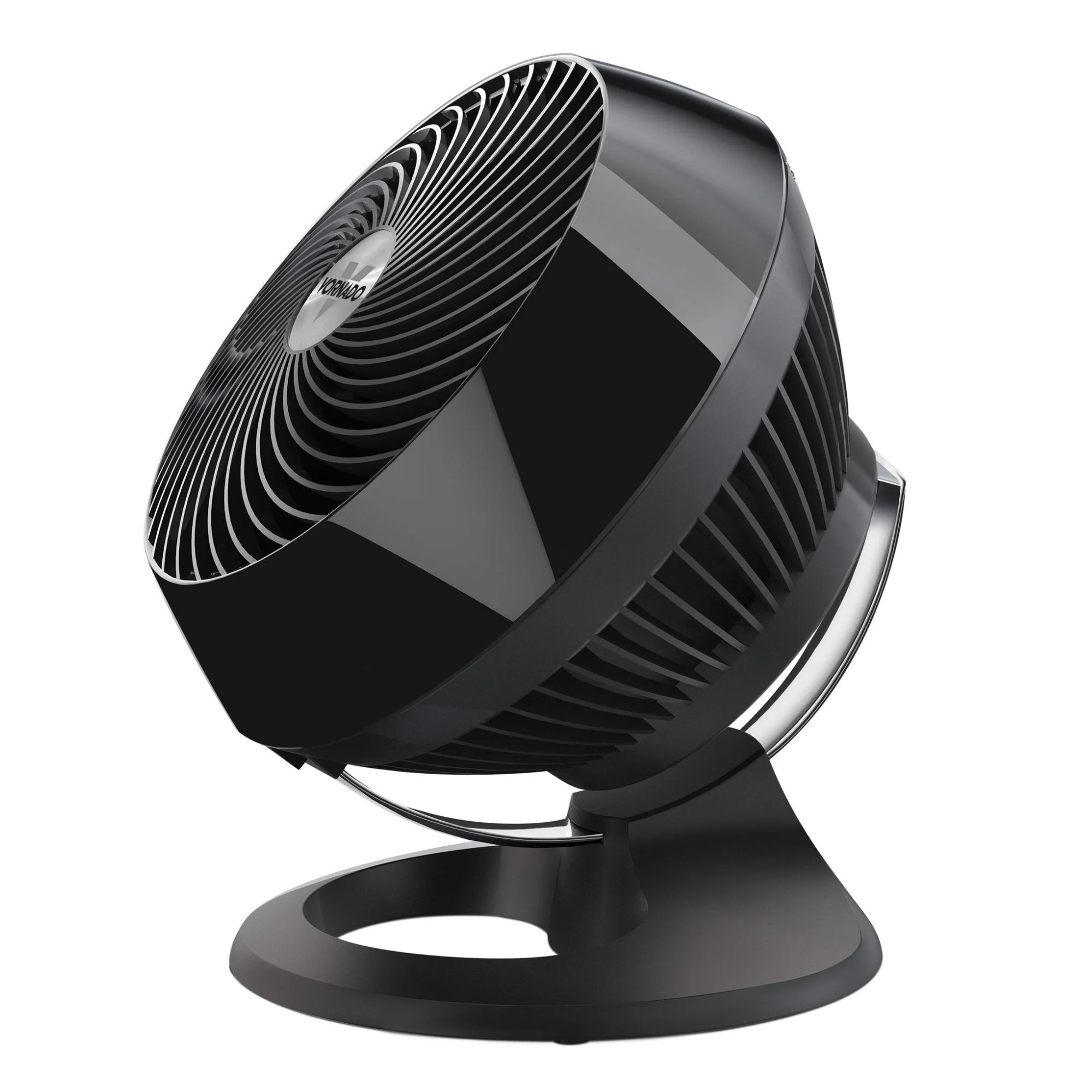Bladeless fans vs. regular fans – which one is actually better? Our HVAC experts explain everything you need to know
Our pros break down the differences, pros, cons, and how to know which is right for you


Want to know the differences between bladeless fans vs. regular fans? When summer heat rolls in, the right fan can mean the difference between a sticky, sleepless night and a cool, comfortable one, so it's important to know which is right for you.
While traditional bladed fans have long been the go-to solution for affordable cooling, bladeless fans have entered the market with sleek designs and futuristic promises. But do they actually outperform their traditional counterparts?
Here, HVAC experts explain the core differences between these two types of fans, including the pros, cons, features worth paying for, and the expert-backed best fans for cooling your home this summer.
Bladeless vs. regular fans: What’s the difference?
The transition from bladed to ultra-modern bladeless models has brought about plenty of questions from consumers. Are bladeless fans truly safer and more efficient, or is it mostly about aesthetics and brand hype? With prices often several times higher than traditional fans, it's worth knowing whether bladeless fans are truly worth the investment.
At first glance, the key difference between a bladeless fan and a traditional fan is obvious – one has visible spinning blades, and the other appears to be completely smooth and blade-free. But behind the minimalist design of bladeless fans lies a clever bit of engineering.
John Mitchell, HVAC technician and owner of Air Conditioner Lab explains, ‘Bladeless fans use hidden internal blades in the fan base to draw in air.
‘This air is then pushed up through a ring-shaped amplifier and out through a slit along the edge, creating a smooth, continuous stream of air.
Design expertise in your inbox – from inspiring decorating ideas and beautiful celebrity homes to practical gardening advice and shopping round-ups.
'Regular fans, in contrast, use large external blades to chop the air and push it forward, creating a more pulsed airflow.’
So, while both types ultimately serve the same purpose, circulating air to cool a room and keep a home cool in a heatwave, they differ significantly in design, airflow delivery, and maintenance.
Bladeless fans: Pros and cons

If your home doesn't have ceiling fans like this, bladeless fans are a popular choice for quiet cooling.
When it comes to cooling a room with fans, bladeless models, such as the bestselling PELONIS Bladeless Tower Fan available at Amazon, have gained popularity for their modern design and safer, quieter cooling. But before investing in one, it's important to understand what they truly offer, and where they might fall short compared to more traditional options.
Josh shares the pros to consider:
- Aesthetic appeal: Sleek, modern, and often compact, bladeless fans fit seamlessly into your space.
- Safety: Without exposed blades, these fans are ideal for those living with pets or small children.
- Ease of cleaning: No grills or blades to disassemble makes cleaning tower fans without blades a breeze.
- Quieter operation: Most bladeless models run much quieter than traditional fans, making them ideal for keeping a bedroom cool, or cooling down an office.
- Advanced features: Many models include HEPA filters, the best air purifiers, timers, app connectivity, and remote control functions.
And the cons:
- Cost: Expect to pay a premium – bladeless fans can be three to 10 times more expensive than standard models.
- Cooling power: While the airflow is smooth and consistent, it may not feel as powerful as a high-speed traditional fan.
- Maintenance costs: Fewer replaceable parts and complex internals mean repairs can be costly if something goes wrong.
Regular fans: Pros and cons

Regular fans have stood the test of time.
While bladeless fans may be gaining popularity for their innovation, regular fans have stood the test of time for a reason. Their simple design, accessible price point, and powerful airflow make them a popular choice for cooling homes across the country, especially during a heatwave.
But as with any appliance, they come with trade-offs. Here’s what to know about the advantages of traditional fans, which are among the most affordable cooling products:
- Affordability and simplicity: You can find a reliable, high-performance fan for under $50, such as the bestselling Lasko Classic Box Fan available at Walmart. Fewer electronic parts also means fewer things that can break, helping you to likely save money in the long run.
- Powerful airflow: Traditional fans often produce a stronger, more forceful breeze, making them one of the fastest ways to cool down a house, and ideal for larger rooms or hotter climates.
- Variety: They're available in a wide range of styles – from desk fans, such as the Amazon Basics Air Circulator Fan available at Amazon, to large oscillating tower or pedestal models.
And the limitations:
- Safety concerns: Exposed blades can be dangerous for pets and children, even with a grill.
- Noise: The chopping action of blades can create a noticeable sound, which some people find distracting. This may make it difficult to sleep with the fan on overnight, for example.
- Cleaning: Dust collects on blades and grills, and disassembly can be time-consuming.
Features worth having, and those to skip

Not all fans are created equal.
Whether you’re leaning more towards a bladeless or regular fan, not all features are worth prioritizing.
To help you make a smart choice, Asif Bux, owner and service manager at Comfort Union, an HVAC and plumbing company, has broken down the features that truly add value and those that might look impressive on the box but don’t offer meaningful performance or long-term benefit.
Here's what to prioritize when choosing your next fan:
- Oscillation: Ensures even distribution of air so you can choose the best fan direction to cool down the room.
- Multiple speed settings: Essential for adjusting airflow to your comfort level.
- Timer function: Saves energy by allowing the fan to turn off after a set period.
- Air filtration (for bladeless fans): Combines fan function with air purification. This is a great investment if you also suffer from hayfever and want to combat common allergies.
And what to skip:
- Built-in speakers or mood lighting: These rarely perform well and unnecessarily drive up the price.
- Touch screens: Often more impractical and harder to use in dim lighting.
- Smart features: Unless you're truly integrating your fan with your smart home must haves, many of these features go unused.
What to shop
All prices were correct at the time of publication.

One of the market leaders in innovation, this Dyson model combines HEPA filtration with powerful, bladeless cooling and smart features like air quality sensing and app control. What sets the TP10 apart is that it effectively captures 99.97% of allergens and pollutants as small as 0.3 microns, making it a must-have for those who value clean air. It’s an investment, but one that delivers style, function, and cleaner air.

This Dreo fan offers impressive performance with a sleek, modern profile, near-silent operation, four speed settings, and a handy sleep mode. It also has an auto temperature-sensing mode that adjusts airflow to room conditions, so you can maintain the set temperature throughout the day.

Rated 4.5 out of 5 stars by customers, this compact powerhouse delivers serious airflow with minimal noise. Its unique vortex action circulates air throughout an entire room, not just in a straight line like typical fans. The deep-pitched blades, high-torque motor, and inlet air accelerator cone work in tandem to move a high volume of air without excessive noise.
FAQs
Do bladeless fans use more electricity?
As it turns out, the opposite is true. Bladeless fans use significantly less electricity than their traditional counterparts, typically between 30 and 35 watts as opposed to between 60 and 75 watts. Therefore, they're the better option if you're looking to cut energy bills.
Meet our experts

Featured in Real Homes, The Spruce, Apartment Therapy, and more, Air Conditioner Lab was set up by Josh in 2014.

Comfort Union is a family-owned company specializing in heating, cooling and water services.
Ultimately, the choice between a bladeless fan and a traditional one depends on your priorities. If safety, design, and quiet operation top your list, and you’re willing to pay for it, a bladeless fan could be a worthwhile upgrade. However, if budget and raw cooling power are your main concerns, a well-made traditional fan still does the job brilliantly.
In truth, neither type is universally better. They simply meet different needs, and both provide a suitable alternative to other air conditioning types. The key is to balance function, style, and budget to find the fan that best fits your home and lifestyle. With the right model, you can keep your home cool and sleep better all summer long.

Seraphina is a contributing editor at Homes & Gardens, writing Solved features on organizing and storage. She loves to decorate and also grow her own produce from her home in London. Her previous experience includes working at Women's Health and Fabulous Magazine.